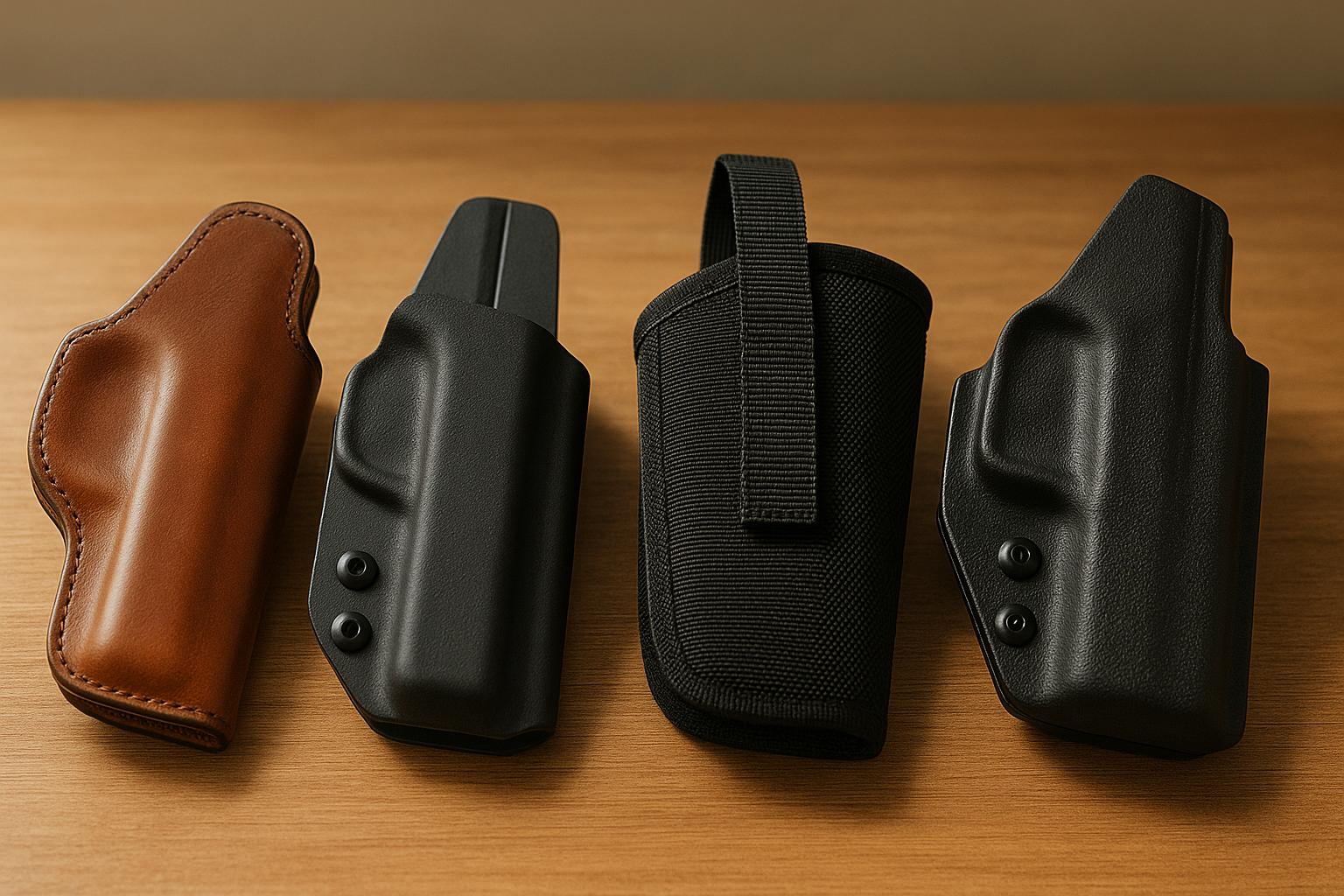A Bronx Criminal Lawyer’s Guide – The Path From Arrest to Arraignment in Bronx County, New York
There is a commonly held belief amongst lawyers, as well as the general public, that all criminal matters initiating with an arrest somewhere in the United States, follow some precise, consistent, and direct trail leading to formal court proceedings. This, unfortunately, is far from reality. There are many factors which have an important impact on the process following an arrest. These factors include, but are not limited to, the location where the person was arrested, the availability of a nearby operating judicial center, access to legal counsel, the availability of prosecutors, court clerks, stenographers, computer systems, and many other elements essential to any legal process. Persons arrested in remote areas, at night, can expect to spend several hours at a police station with little or no access to lawyers. Most are surprised to learn that many Judges called in to conduct the arraignment-quite often in the back of a police station-are not lawyers at all. Many arraignments take place without legal counsel, prosecutors, court clerks, or even stenographers. Fortunately, a person arrested in Bronx Couny, New York City, will, with few exceptions, follow a highly organized path leading directly to his or her arraignment. Available courts, lawyers, prosecutors, stenographers, and all those persons, or systems, necessary to move the matter along in a timely and orderly manner, are in place. As orderly as it is, however, the process may appear Kafkaesque to the general public, and even to the untutored legal practitioner. The following is a roadmap outlining the precise journey virtually all cases take from the moment of an arrest to the official arraignment proceedings.
All criminal matters in Bronx, New York, commence with the report of a crime, either by civilian witnesses, or by police officials. A civilian reporting a crime may be an actual eyewitness, a victim of a criminal offense, or a representative of the victim, such as a parent. In addition, certain classified professionals, such as social workers, doctors, lawyers, or legal guardians, are obligated by law to report certain offenses that come to their attention. The police may initiate a criminal complaint against an individual in the absence of any victims or witnesses. Typically, this occurs when the police observe an individual committing an offense, such as driving while intoxicated, possession of a weapon, or the sale and possession of drugs.
After a complaint is made by a civilian, or observed by the police, a potential suspect may not be arrested immediately. Attempts by the police may be made to encourage the suspect to speak with the police in an attempt to obtain incriminating statements, or provide evidence of, or proceeds of a crime. Soon after the suspect either speaks with the police, or demands legal counsel, the actual arrest may take place. The arrest occurs when the individual’s freedom has been physically restricted, either by handcuffs, the physical restraining of the suspect, or by threat of force. After the arrest, the suspect is usually brought to the local police precinct for processing. Processing includes the fingerprinting of a suspect to determine the exact identity of the individual based on any prior criminal history. If the individual has no prior police record, the fingerprint report will so indicate. Once the individual has been printed, his NYSID number will appear on his fingerprint report. NYSID stands for New York State Identification. A person with a prior police record will be assigned the same NYSID number. A person who has never been arrested will be assigned a new NYSID number. The NYSID number is used to track the person’s criminal history throughout the State of New York. It also reveals whether or not the person has any outstanding bench warrants, owes any fines to the court, or is wanted in another state, or jurisdiction. The suspect is also assigned an arrest number. The arrest number pertains only to this particular arrest. In addition to the printing, and records check of the arrested person, photographs are also taken for identification purposes.
The next step in the process is the actual filing of a police complaint report. The police complaint report is filled out by the arresting officer. It provides a brief description of the offense, the evidence obtained, the names of the victims, or witnesses, if any, and the precise charges for which the defendant has been arrested. The arrest report also contains the defendant’s name, address, and personal information. This information, known as pedigree, usually comes from the defendant himself, and becomes part of the official report. Once all of this information is compiled, the defendant, the arrest reports, fingerprint reports, and all other relevant information, is transported to Central Booking. Central Booking is located in the Bronx Criminal Court Building. Here the entire file prepared by the police is presented to the Bronx District Attorney’s Office. The District Attorney reviews the entire matter and decides whether or not to proceed with the arrest process. If the prosecutor declines to prosecute because of insufficient evidence, or for some other reason, the defendant will be released from custody, and all records, and photos compiled will be expunged. If the matter is not dismissed, a formal criminal court complaint will be prepared by the prosecutor.
The criminal court complaint is a more detailed complaint of all of the charges made against the defendant. It contains information about the evidence obtained, the names of witnesses, the times and places of the crimes charged, and an affidavit by the complaining witness, or the arresting officer. Once this affidavit has been reviewed and signed, the entire matter is forwarded to criminal court for the arraignment. The arraignment is when the defendant is brought before a court and publicly notified that certain criminal charges have been filed against him. Prior to the arraignment, each criminal court complaint is assigned a docket number. The docket number pertains only to this particular criminal court complaint. Before the actual arraignment, however, the suspect, now a defendant, is entitled to legal counsel. The attorney assigned, or hired by the defendant, will be provided a copy of the official criminal court complaint, along a copy of the defendant’s criminal background. The attorney will then be permitted to speak with the defendant before the arraignment. The purpose of this interview is for the attorney to notify the defendant of the charges that have been filed, obtain any important information, such as defense witnesses, discuss bail related issues, and answer all legal questions of the accused. Once this is complete, the defendant is then brought before the court for the arraignment. The actual arraignment usually lasts no more than a few minutes. The prosecutor typically notifies the Judge of the seriousness of case before the court, and whether or not bail is being requested. The prosecutor also notifies the defense attorney whether or not any statements were made by the defendant, and if the defendant was identified in a line-up, or in some other fashion, such as a photo identification. Once the prosecutor finishes addressing the court, the defense attorney speaks on behalf of the defendant. The primary goal of the defense attorney at this point is to obtain the release of the defendant without bail, or with minimal bail conditions. The attorney may argue that the matter before the court is a minor criminal offense, is legally insufficient, or represents the defendant’s first offense. The attorney may also argue that the defendant maintains strong community ties, such as work and family, and is unlikely to warrant if released. At this point, the Judge makes a decision as to bail, and simply adjourns the matter for further legal proceedings, completing the arraignment process.







